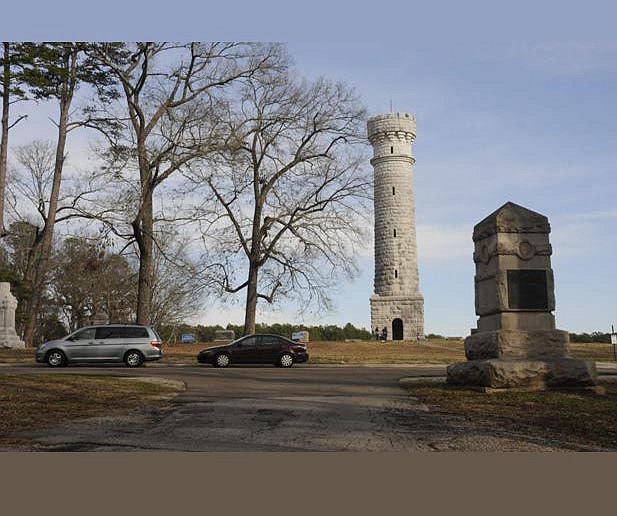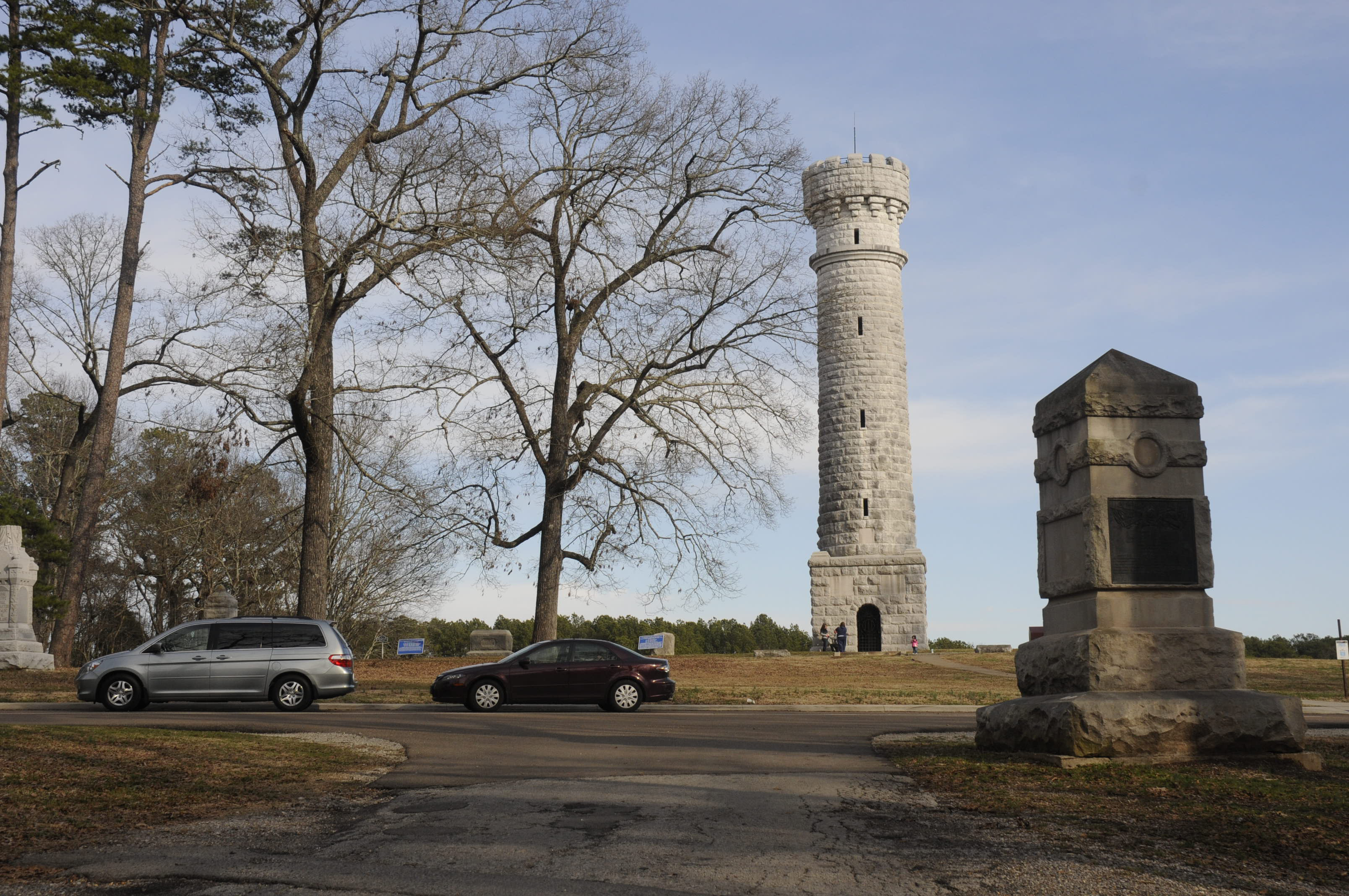Chickamauga battlefield tied to overlooked Spanish-American War
Friday, January 1, 1904
IF YOU GO* What: Talks on the role of Chickamauga during the Spanish-American War* When: Saturday, 10 a.m.-4 p.m.* Where: Chickamauga Battlefield Visitors Center, 3370 LaFayette Road, Fort Oglethorpe.* Cost: FreeSource: Chickamauga and Chattanooga National Military Park
In the weeks after the first shots were fired in the Spanish-American War in 1898, war fever swept the nation.
Droves of young men signed up to fight in Cuba, Puerto Rico and other exotic locales.
More than 60,000 troops passed through Camp Thomas, a quickly assembled site at the Chickamauga Battlefield.
Louis Varnell, a local military history buff and member of the 3rd Tennessee Volunteer Infantry re-enactment group, on Saturday will honor the men who came here for service in that war.
"The reason we decided to start doing this is everyone is familiar with the Chickamauga history as a Civil War battlefield," Varnell said. "They don't realize the Spanish-American, World War I and World War II history here."
He will be dressed in period military uniform and will give his talk at the Chickamauga Battlefied Visitors Center.
Most of the experienced soldiers who came to Camp Thomas in April and May that year went on to serve in the first wave of fighting.
The raw recruits, kept behind to train, missed the fighting but likely wished they hadn't.
An epidemic of typhoid fever swept the camp, killing an estimated 400 men, some of whom are buried at the Chattanooga National Cemetery.
"It was a national scandal," said Park Ranger Lee White. "Careers were destroyed."
In the rush to war, military leaders had failed to plan for the glut of people in undeveloped camps. Basic hygiene and sanitation regimens weren't followed.
But out of the tragedy came learning, White said.
Camp Thomas showed the military the value of a training site near Chattanooga.
The same things that made the city a valuable target for Union troops in the Civil War -- railroad convergence, open land and a nearby city -- made it attractive for training, he said.
The summer heat was even similar to tropical battle locations of Cuba, Puerto Rico and the Philippines.
Some of the same veterans who were young men in the 1863 battles were now leading men or present for military maneuvers at the battlefields in 1898, Varnell said.
"They literally were walking over the ground they had fought on in their youth," he said.
Contact staff writer Todd South at 423-757-6347 or tsouth@timesfreepress.com. Follow him on Twitter @tsouthCTFP.

